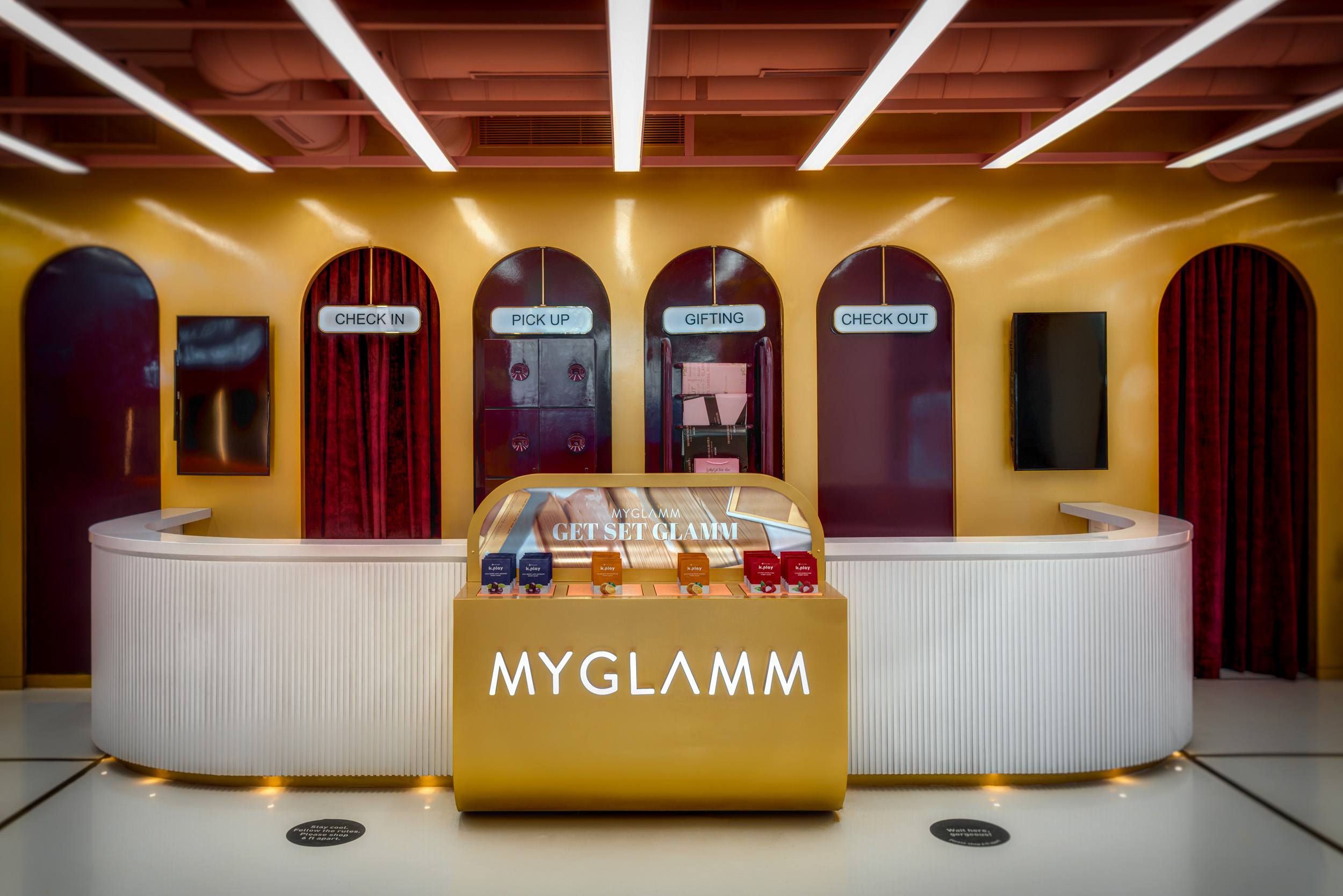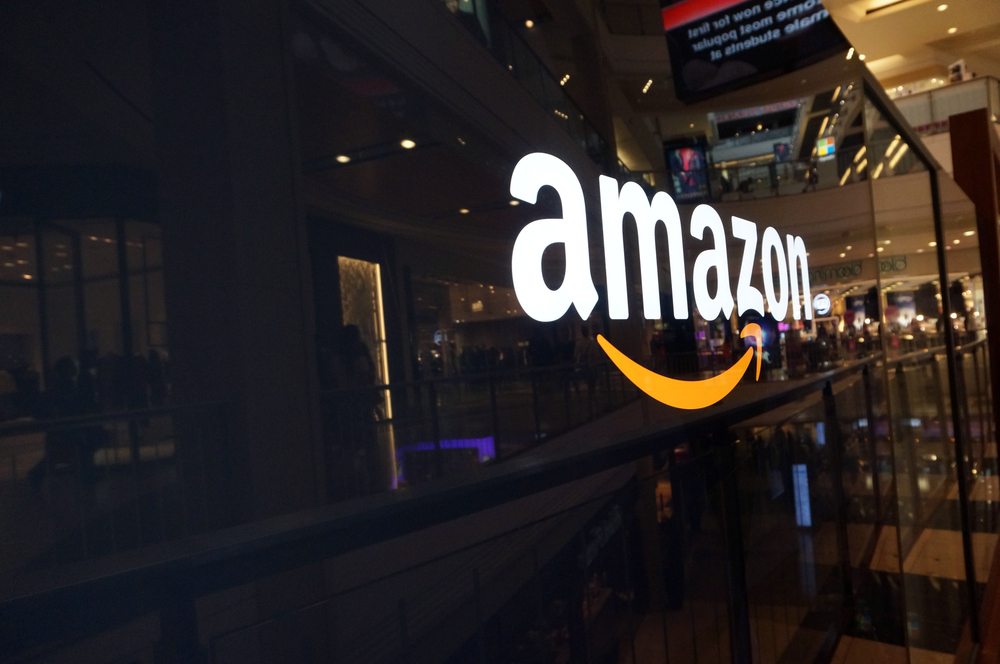By Ken Leaver
The content-to-commerce strategy for ecommerce businesses is a relatively recent model, but I see it shaking up the industry in a big way.
Direct-to-consumer (D2C) businesses that lean heavily on fulfilment by Amazon (FBA) aggregators, in particular, could benefit big time from the model. Let me explain why.
How does it work?
The idea with this new model is that you own both access to the customers – i.e. the content – and the products to monetize it.
In typical D2C ecommerce, you own some brands that you sell on a combination of platforms, such as your own site, social channels and marketplaces. FBA aggregators like Branded and Thrasio are highly dependent on marketplaces.
Typically, though, their longer-term goal is to increase the ratio of products sold on their own channels and reduce reliance on Amazon. However, it’s difficult to do this profitably because customer acquisition costs (CAC) are too high with direct acquisition marketing.
Part of the problem is how these companies don’t have this kind of competency, so they need to learn it. D2C companies typically need to drive CAC down by getting better at content marketing and social media as well as building a community of users, among other skills.
With the content-to-commerce model, they solve this from the beginning by owning the customer channel/communities – media assets, access to influencers, and more – from the jump.
The Good Glamm Group
The Good Glamm Group is one of the first large content-to-commerce companies and is considered a pioneer by many in the industry. The firm has raised more than US$250 million to date and its last valuation was over US$1 billion.
Darpan Sanghvi founded the company – then known as a D2C business called MyGlamm – in 2017. But its CAC was too high, so the company experimented with content and acquired POPxo, an influencer marketing platform, in 2020.
The Good Glamm Group is structured into three core units:
- Good Brands: Includes D2C beauty and personal care brands like MyGlamm, Organic Harvest, etc.
- Good Media: Includes digital media brands that generate more than 4 billion monthly impressions and have over 2 million unique users
- Good Creator Co: Includes influencer platform with more than 250,000 creators
In the past couple of years, the company has acquired 12 brands, which I believe puts it close to the aggregator model. The synergies and scale advantages that it aims to give to these brands are almost identical to the approach of aggregator firms.

Photo credit: Good Glamm Group
Good Glamm has also acquired digital media firms like Tweak Media, which has 6 million monthly active users and 15 million monthly impressions. It is now part of Good Media, joining other media assets in the group such as ScoopWhoop.
Form communities via content
Half a year ago, I came to the conclusion that D2C ecommerce brands should begin with content/community first. It means they should use content to build a community of followers via social media and then build brands that would resonate with their followers.
Why? Because this addresses the high CAC problems companies face later when using paid channels. It also prevents overreliance on marketplaces.
Influencers and media assets have the opposite problem. They have users and impressions, but the channels that they have to monetize – e.g. influencer platforms like Grin – often take a big cut. It makes sense for them to do away with an intermediary and deal directly with brands, particularly when they can collaborate with a specific set of brands.
Why aggregators will evolve toward this model
I’ve worked with two different FBA aggregators – Branded and Rainforest Life – over the past couple of years, so I have a decent sense of how they think and operate.
Their long-term goal is to build strong brands and a loyal community of users to wean themselves off the Amazon needle. As these FBA aggregators grow, they invest in more sophisticated marketing teams that can work with influencers and gain virality on social media.
But those efforts typically take time to improve, and they’ve already acquired a bunch of D2C brands with significant sales volumes in the meantime. Their content strategy is playing catch-up to make D2C channels such as Shopify and social selling more relevant than their Amazon sales.
This is why I think we’ll soon see large FBA aggregators like Thrasio move toward the content-to-commerce model in the coming years. It just makes too much sense.
Feature Image Credit: Amazon
By Ken Leaver
An American ex-strategy consultant that found himself in Lazada in 2014 and just loved the region so much he decided to stay. Now I call myself a ‘product guy’ and freelance while living in Bangkok.





